Spice Up Your Life: A Lively Guide to Asian Chili Peppers
Table of Contents
Introduction to Asian Chili Peppers
Asian chili peppers are the heart and soul of many traditional cuisines across the continent. From fiery Szechuan dishes to sweet and spicy Thai curries, these peppers bring a unique depth of flavor that can range from mildly warming to blisteringly hot. Whether you're a seasoned chef or just starting out on your spice journey, understanding the world of Asian chili peppers can transform the way you cook and eat.
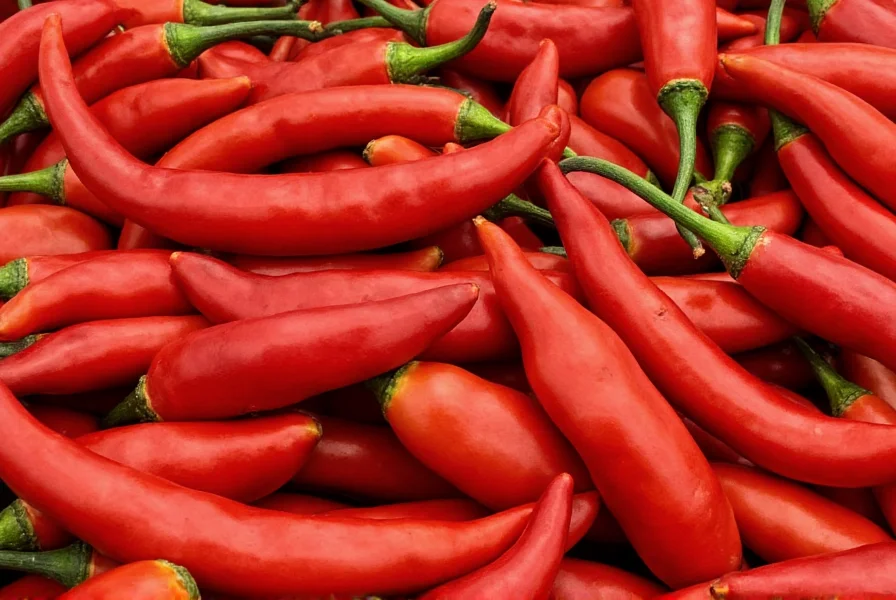
These small but mighty pods have been cultivated for centuries and are now celebrated globally for their versatility and bold flavors. But how do you choose the right one? What makes them different from other chilis around the world? Let's dive in and explore the colorful world of Asian chili peppers.
Types of Asian Chili Peppers
Asia is home to an incredible variety of chili peppers, each with its own distinct shape, color, and heat level. Here’s a quick look at some of the most popular ones:
| Pepper Name | Origin | Heat Level (Scoville) | Flavor Profile |
|---|---|---|---|
| Thai Bird’s Eye Chili | Thailand | 50,000 - 100,000 | Sharp, citrusy, slightly sweet |
| Szechuan Pepper | China | Non-heat (tingling sensation) | Numbness, floral, piney |
| Korean Gochugaru | South Korea | 1,000 - 6,000 | Smoky, slightly sweet, earthy |
| Indian Kashmiri Chili | India | 1,000 - 3,000 | Earthy, mild, red color |
| Vietnamese Bird’s Eye Chili | Vietnam | 50,000 - 100,000 | Hot, tangy, fresh |
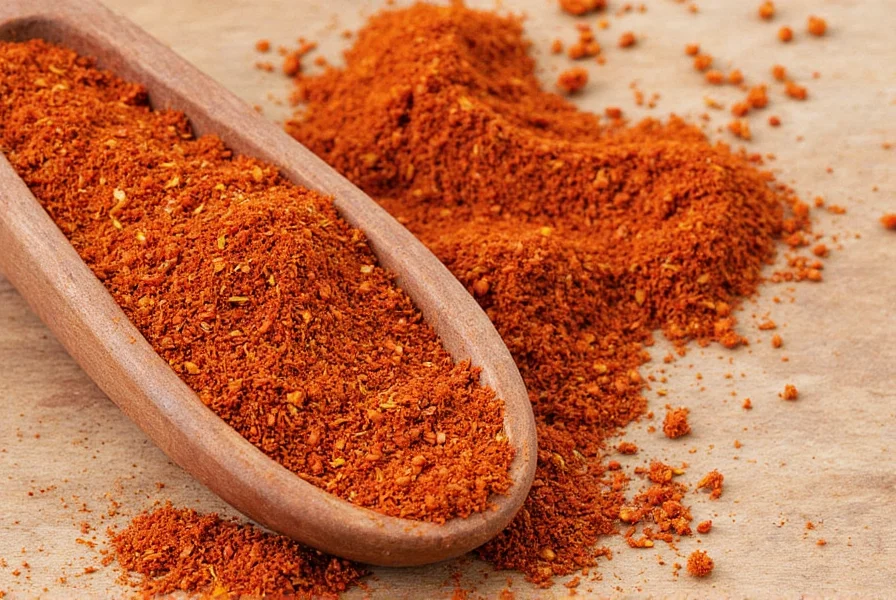
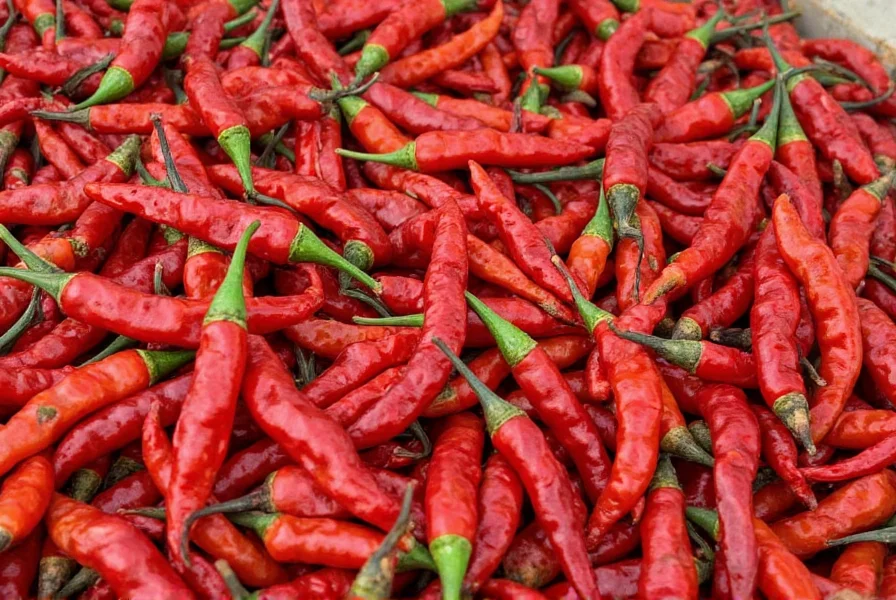
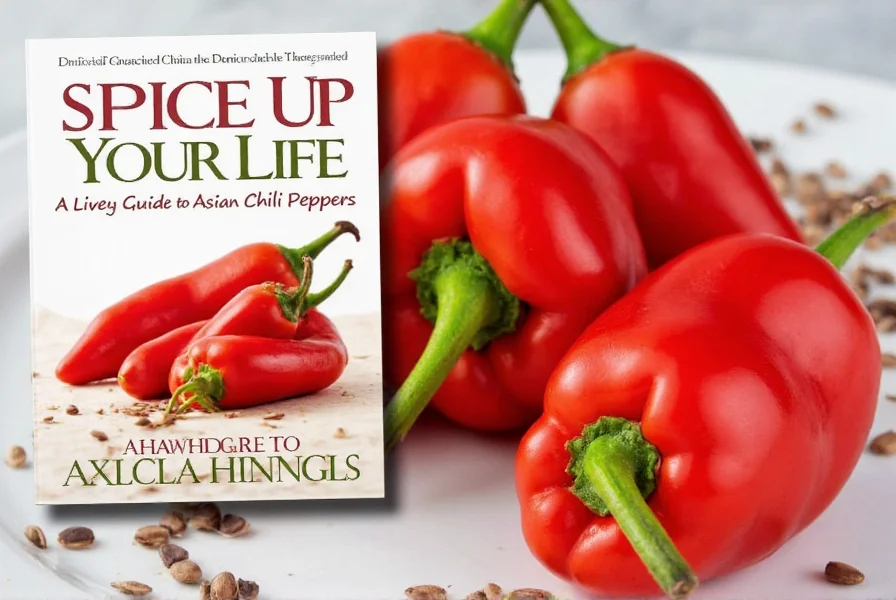
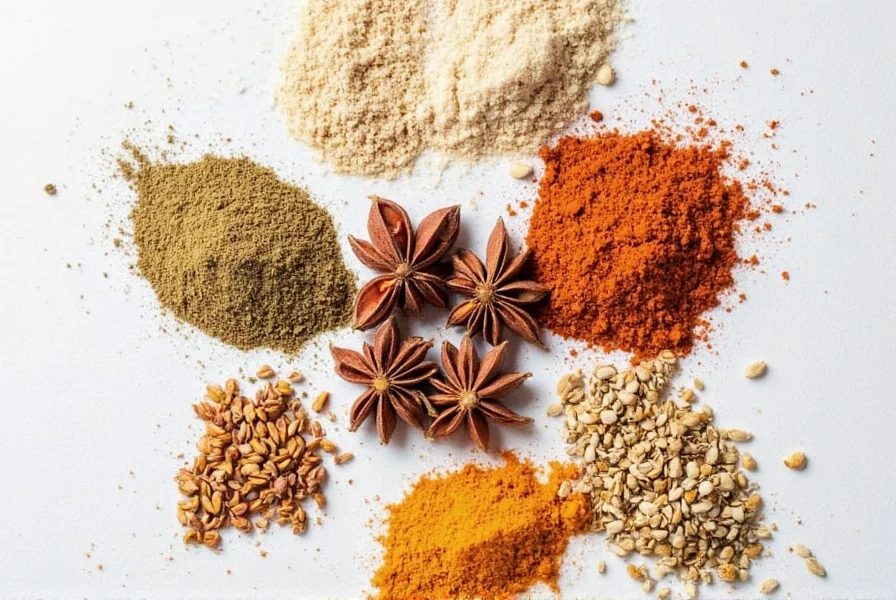

Culinary Uses and Flavor Profiles
Asian chili peppers are not just about heat—they bring a wide array of flavors that elevate dishes to new heights. Here’s a breakdown of how they’re used in various cuisines:
- Thai cuisine: The bird’s eye chili is a staple in curries, stir-fries, and dipping sauces. Its sharp heat pairs perfectly with coconut milk, lime, and fish sauce.
- Chinese cuisine: Sichuan peppercorns are known for their numbing effect and are used in mapo tofu and hot pot. They don’t add heat but create a tingling sensation that enhances the overall experience.
- Korean cuisine: Gochugaru is essential for kimchi and gochujang (Korean chili paste). It adds a smoky sweetness that balances the spiciness.
- Indian cuisine: Kashmiri chilies are used in curries and masalas. Their mild heat and vibrant red color make them ideal for everyday cooking.
- Vietnamese cuisine: Bird’s eye chilies are found in pho, spring rolls, and dipping sauces. They bring a fresh, zesty heat that complements the other ingredients.
Buying Guide: How to Choose the Right Pepper
When it comes to buying Asian chili peppers, there are several factors to consider, including freshness, heat level, and intended use. Here’s a detailed guide to help you make the best choice:
Key Features to Look For
- Freshness: Fresh chilies should be firm, plump, and have a shiny surface. Avoid any that are wrinkled, soft, or discolored.
- Heat Level: If you’re unsure about your tolerance, start with milder options like Kashmiri chilies or gochugaru. For a real kick, go for bird’s eye chilies or Thai varieties.
- Color: Bright red or orange chilies are usually ripe and more flavorful. Dried chilies may vary in color depending on the type.
- Smell: A good chili should have a strong, aromatic scent. If it smells musty or stale, it might not be fresh.
Recommended Products
Here are a few products that are highly recommended for different uses:
- Thai Bird’s Eye Chilies (Dried): Ideal for making chili pastes, sambals, and adding heat to soups and stews. These are widely available in Asian markets and online. They work best when ground into a powder or blended into a paste.
- Sichuan Peppercorns: Perfect for Sichuan cuisine and dishes that require a numbing effect. These are typically sold whole or ground and can be found in specialty stores. Use sparingly, as their flavor is very potent.
- Korean Gochugaru: A must-have for kimchi and gochujang. This coarsely ground chili is used in many Korean recipes and is easily accessible in Asian grocery stores. It provides a mild to medium heat with a sweet, smoky flavor.
- Vietnamese Bird’s Eye Chilies (Fresh): Great for fresh salsas, salads, and dipping sauces. They’re often used raw or lightly cooked and are perfect for those who enjoy a crisp, bright heat.
- Indian Kashmiri Chilies (Dried): Excellent for curries, masalas, and sauces. They add a mild heat and deep red color without overwhelming the dish. Ideal for everyday cooking and beginner cooks.
Top 10 Tips for Cooking with Asian Chili Peppers
Cooking with Asian chili peppers can be both exciting and challenging. Here are ten practical tips to help you get the most out of these powerful ingredients:
- Start Small: Even the mildest chili can surprise you. Add a little at a time and taste as you go.
- Use Gloves: Always wear gloves when handling hot chilies to avoid irritation on your skin or eyes.
- Remove Seeds: The seeds contain most of the heat. If you want a milder dish, remove them before chopping or grinding.
- Toast for More Flavor: Toasting dried chilies before using them can enhance their aroma and deepen their flavor.
- Balance Heat with Acid or Sweetness: Pair spicy dishes with something acidic (like lime juice) or sweet (like honey) to balance the heat.
- Experiment with Roasting: Roasting chilies brings out their natural sweetness and gives them a smoky undertone.
- Store Properly: Fresh chilies can be stored in the fridge for up to a week. Dried chilies should be kept in an airtight container in a cool, dark place.
- Make Your Own Paste: Grinding fresh chilies with garlic, vinegar, and oil creates a versatile chili paste that can be used in a variety of dishes.
- Try Different Varieties: Each chili has its own personality. Don’t be afraid to experiment with different types to find your favorite.
- Pair with Nuts or Citrus: Sichuan peppercorns pair well with nuts, while Thai bird’s eye chilies work great with citrus elements like lime or lemon.
Conclusion
Asian chili peppers are more than just a source of heat—they are a key ingredient in the rich tapestry of global cuisine. Whether you're looking to add a kick to your meals or explore new flavors, these peppers offer endless possibilities. From the numbing effect of Sichuan peppercorns to the sharp bite of Thai bird’s eye chilies, there's a variety for every palate and occasion.
Remember, the secret to mastering Asian chili peppers lies in understanding their unique characteristics and learning how to use them effectively. With the right approach, you can unlock a world of flavor and elevate your cooking to new heights.
So next time you step into the kitchen, don’t be afraid to reach for that tiny, fiery pod. It might just be the missing ingredient that turns your meal into a masterpiece. Happy cooking!










 浙公网安备
33010002000092号
浙公网安备
33010002000092号 浙B2-20120091-4
浙B2-20120091-4